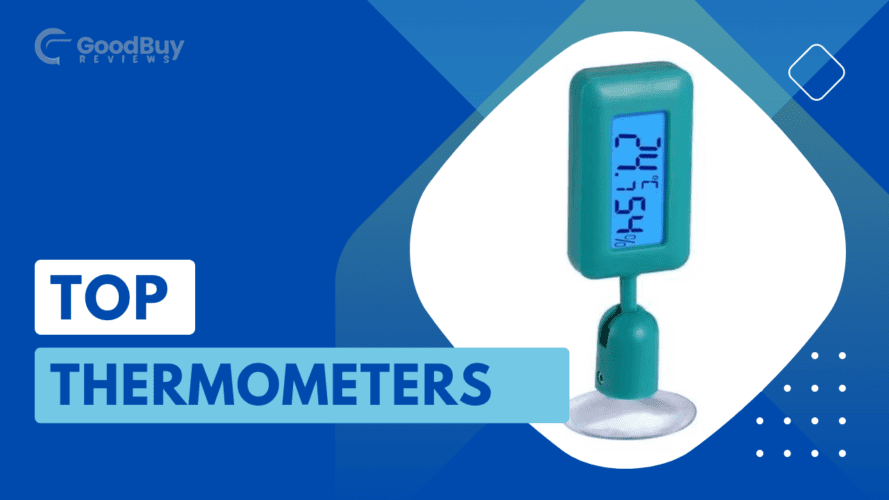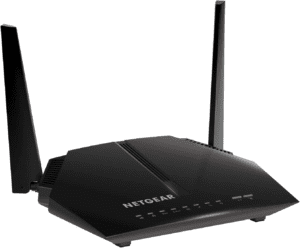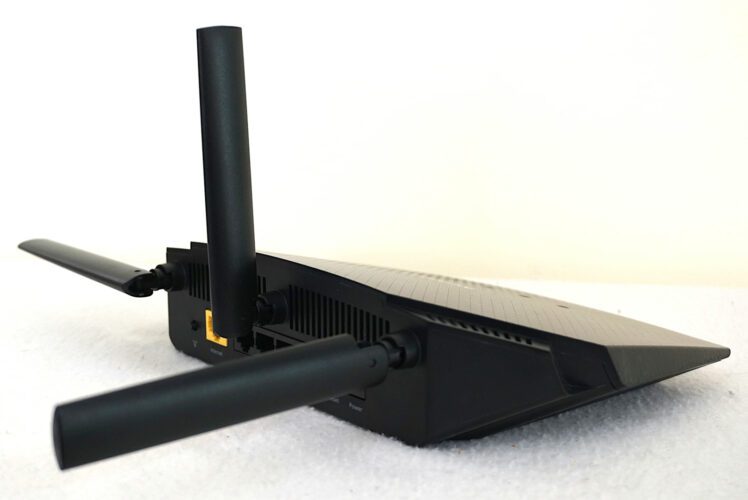Find Your Perfect Terrarium Thermometer with Our Handpicked Top 5 Recommendations

Monitoring the temperature and humidity in your reptile’s terrarium is critical for maintaining their health and wellbeing. The right thermometer allows you to easily keep an eye on conditions to ensure your pet stays happy and comfortable in their habitat.
In this blog post, we’ll cover everything you need to know about choosing the perfect terrarium thermometer. First, we’ll look at why temperature and humidity monitoring is so important for reptiles. Next, we’ll break down the different types of thermometers and their key features. Finally, we’ll provide our top 5 terrarium thermometer recommendations to help you find the ideal model for your needs.
Introduction to Terrarium Thermometers
Terrarium thermometers are small devices designed specifically to measure and display the ambient air temperature and humidity levels inside a reptile’s enclosure. They allow keepers to easily track these parameters and make adjustments as needed to maintain optimal habitat conditions.
Monitoring with a good thermometer is crucial because reptiles are ectothermic. This means they rely on external heat sources to regulate their body temperature. Proper temperatures are essential for digestion, immune system function, and overall health and activity levels.
In addition to temperature, humidity is also very important. Low humidity can cause respiratory issues and dehydration. High humidity encourages bacterial and fungal growth. Terrarium thermometers that also measure humidity help monitor both parameters at once.
Importance of Monitoring Temperature and Humidity in Terrariums
There are a few key reasons why monitoring heat and humidity in a terrarium is so critical:
- Prevent Health Issues: Consistent improper temperatures and humidity levels can lead to a variety of health problems in reptiles including respiratory infections, digestive trouble, dehydration, and more.
- Ensure Proper Metabolism: Like all ectotherms, a reptile’s metabolism is directly dependent on ambient heat. Their bodies require specific temperature ranges to properly metabolize food and nutrients.
- Enable Natural Behaviors: Reptiles exhibit natural behavior like feeding, basking, shedding, and breeding based largely on environmental cues like temperature and humidity signals.
- Avoid Dangerous Extremes: Very high or low-temperature extremes can severely stress reptiles. At worst, extremes can quickly become fatal if the animal cannot escape them by moving to a different area of the terrarium.
By allowing keepers to easily monitor habitat conditions, quality terrarium thermometers are invaluable for avoiding these issues and keeping reptiles healthy and comfortable.
Understanding Different Types of Terrarium Thermometers
There are a few main types of thermometers designed for use in reptile enclosures. The most common varieties are digital, analog, and combination models.
Each style has its own advantages and ideal applications. Below we’ll explain the key distinguishing features of the main thermometer types.
Digital Thermometers
Digital thermometers use electronic sensors and displays to provide precise temperature and humidity readouts. Most digital terrarium thermometer models display metrics clearly on small LED or LCD screens.
Key features and benefits of digital thermometers include:
- Very accurate precise measurements
- Easy-to-read numerical displays
- Many models measure both temperature and humidity
- Data logging and min/max tracking capabilities
- Alarm functions for customizable parameter thresholds
- Durable waterproof construction
Digital designs are ideal if you need reliable precision and convenient metric tracking for maintaining your terrarium environment.
Analog Thermometers
Analog thermometers utilize a classic dial and needle display. Temperature measurements cause coil expansion in a bi-metallic strip. This moves the needle position around a printed scale.
Benefits of analog thermometer models include:
- Very simple and intuitive operation
- Easy to visually check temperatures at a glance
- Inexpensive price points
Analog is a good option if you just need a basic ambient air temperature readout without humidity data or metric tracking capabilities.
Combination Thermometers
As the name suggests, combination thermometers integrate multiple measurement tools into a single device. Most combine both a digital humidity and temperature sensor complemented by an analog dial hygrometer.
Key advantages of combination models are:
- Measure both heat and humidity
- Provide digital precision readout
- Incorporate classic analog dial for quick glances
- Often budget-friendly prices
Combination thermometers give you the best of both worlds for conveniently monitoring your terrarium environment.
Top 5 Terrarium Thermometers Recommendations
If you’re feeling a bit overwhelmed with all the thermometer options available, don’t worry! We’ve compiled this list of our top 5 highest rated terrarium thermometers to help simplify your buying decision:
Capetsma Reptile Thermometer
The capetsma measures both temperature and humidity ranges ideal for reptile enclosures. It can min/max record over a 24 hour timeframe. We like the large easy-to-read display, strong adhesive backing for mounting, and waterproof durable construction.
Key Features:
- Measures 14° – 122°F temperature
- 10 – 99% humidity range
- Data logs min & max
- Large 1.8″ LCD display
Lucky Reptile Thermometer Deluxe
This model from Lucky Reptile features a combination analog dial and digital LCD display. The conveniently measures both heat and humidity. We appreciate the adjustable mount and built-in alarm functions.
Key Features:
- Combination analog & digital display
- Temperature & humidity monitoring
- Adjustable mount included
- Programmable min/max alarms
White Python Digital Max / Min Thermometer
White Python’s digital thermometer tracks temperature minimums and maximums over a 24-hour cycle. The large display clearly shows current, min, and max metrics all on the same screen for easy data comparison.
Key Features:
- Huge 1.8” LCD display
- Simultaneously shows current, min,and max temperatures
- Data logs over 24-hour period
- Adhesive pad or suction cup mounting
ZooMed Digital Terrarium Thermometer
ZooMed’s thermometer features a convenient infrared sensor to remotely measure temperatures without direct contact. The fold-out stand provides versatile positioning options and the large display is very easy to read from a distance.
Key Features:
- Infrared sensor measures from afar
- Adjustable fold-out desktop stand
- Extra large 1.5″ LCD display
- Measures 32° – 122°F range
Lucky Reptile Thermometer-Hygro Deluxe Pro
The Deluxe Pro version from Lucky Reptile is feature-packed for max monitoring convenience. It simultaneously tracks temperature and humidity on a huge dual display. We also like the adjustable mount and min/max data logging over 48-hours.
Key Features:
- Dual digital LCD display
- Measures heat & humidity
- 48-hour min/max data tracking
- Fully adjustable positioning
Placement Tips for Terrarium Thermometers
Properly positioning your thermometer inside the enclosure is important for accuracy. Below we’ll cover key tips on thermometer placement best practices.
Where to Place Thermometers in a Terrarium
Ideally, the thermometer probe or sensor should be situated in the same area your reptile spends most of their time. Usually this means positioning it near a basking area at one end of the tank.
Other thermometer placement tips include:
- Avoid areas with direct heat lamp glare
- Mount about halfway up the enclosure height
- Place away from water dishes or pools
- Separate from heat mats or pads
Finding a suitable ambient temperature location that aligns with your pet’s habitat area allows the thermometer to best reflect the conditions your reptile actually experiences.
Best Practices for Accurate Temperature Readings
Follow these best practices to help ensure your terrarium thermometer provides true, precise ambient temperature and humidity measurements:
- Allow sensor to acclimate before recording data
- Take regular readings at the same times daily
- Compare metrics from multiple areas
- Cross-check data against other thermometers
- Note any measurement discrepancies
While most quality thermometers are highly accurate out of the box, comparing readings and watch.



